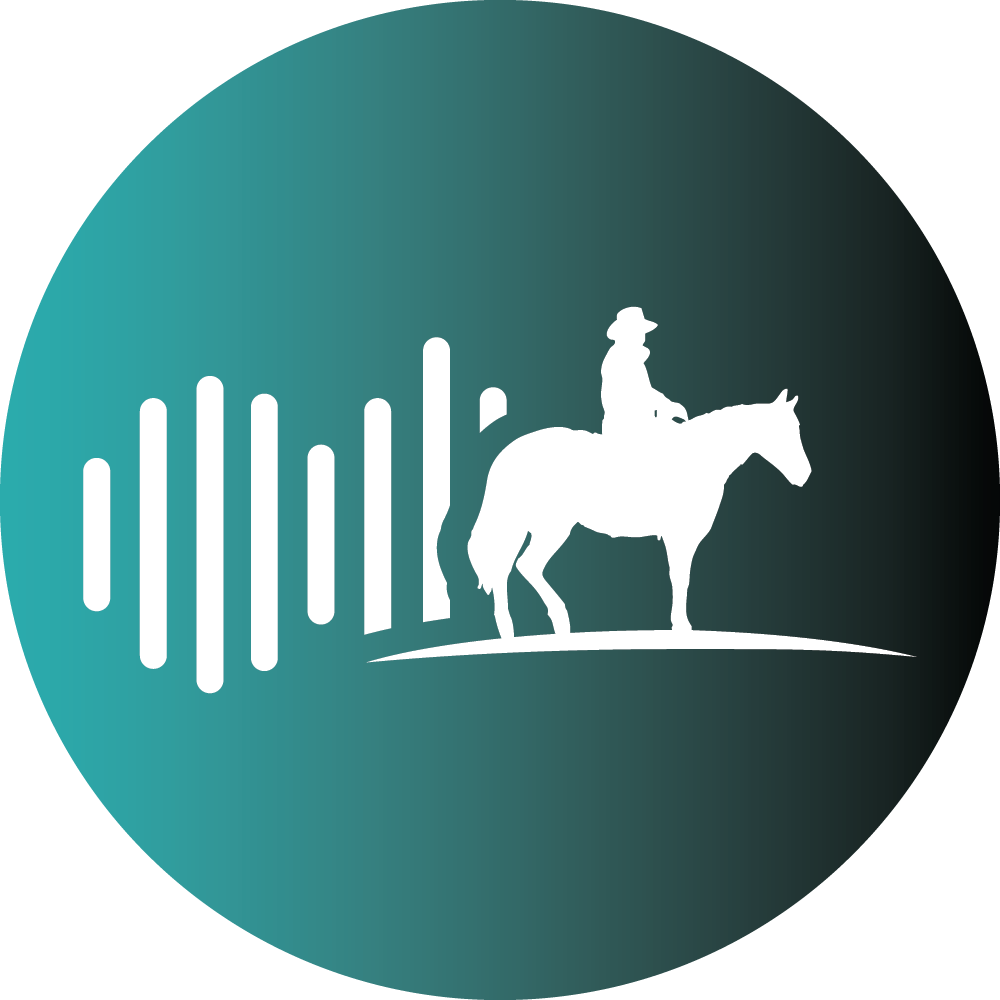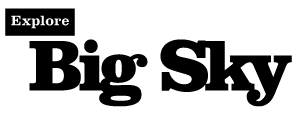FWP announces support for establishment of wild bison herds
By Jessianne Castle EBS ENVIRONMENTAL & OUTDOORS EDITOR
LIVINGSTON – In the shadow of Sepulcher Mountain and Electric Peak, wind mounts the flats north of Gardiner and fractures the air, screaming past cuts and cracks in the lower valley hills and funneling straight down the Paradise Valley toward Livingston. Specks of snow pound the gnarled junipers and sage.
It’s there in the Gardiner Basin, along the northern boundary of Yellowstone National Park, that the northern Yellowstone bison herd seeks forage and respite from the heavy snowfall that engulfs the higher elevations of Yellowstone National Park in the last months of winter.
When the animals move beyond the park boundary, they are only granted passage on adjacent National Forest land in the Gardiner basin. If they try to move north toward Yankee Jim Canyon, state and federal partners with the Interagency Bison Management Plan push them back toward the park and by May 1, all cows and calves are hazed back into Yellowstone. During the winter, permitted Montana hunters and tribal members hunt those that linger outside of Yellowstone, and National Park Service employees capture some of the migrating animals for quarantine or slaughter.
On Jan. 7, after an eight-year public process, Montana Fish, Wildlife and Parks announced a decision to support statewide bison restoration and the establishment of a wild, free-roaming herd. But department officials also said that despite their support for restoration, they are not seeking to establish a wild herd just yet, as more work still needs to be done to create space where buffalo can roam.
In 1910, there were an estimated 151 bison in public herds in the U.S., approximately two dozen of which were in Yellowstone National Park. Today, there are roughly 5,000 bison in the Yellowstone herd, and although they have been a fracture point between Montana’s agricultural and environmental communities, overall public support for statewide bison restoration has grown.
The process
In 2012, MT FWP began formally evaluating how bison restoration would impact Montana, considering environmental, social and economic consequences, both positive and negative. This process, known as developing an Environmental Impact Statement, is required by law prior to an action by a governmental agency.
The department formed a “Bison Discussion Group” comprised of stakeholders from agency, tribal, governmental, agricultural and conservation interests. This panel guided the development of a draft EIS that was released for public comment in June 2015. At the time, hundreds of people attended public hearings and MT FWP received comments from 51 Montana counties and 38 states.
It took five years for the department to collate public comment and come to a final decision, and in January officials released the final EIS. It stated that MT FWP supports bison restoration under strict provisions. While the agency is not going to develop any specific proposals at this time, it will consider collaborative stakeholder proposals that take into account various landowner and community interests. Any proposal would undergo a period of public engagement, as well.
“FWP recognizes that a sustainable future for wild bison in Montana depends on carefully balancing complex biological, sociological and economic considerations,” wrote MT FWP Director Martha Williams in a Jan. 7 statement. “Only by building trust and working earnestly with these various interests, especially people concerned that their livelihoods might be affected by restoration, will Montana be able to return bison to its rightful place among the other successfully restored wildlife species that, collectively, make Montana a state unlike any other.”
Next steps
Many wildlife organizations commended MT FWP for supporting bison restoration, but some wish to see more immediate action.
“This long-awaited plan is really a 30,000-foot vision document,” Chamois Andersen, senior Rockies and Plains representative for Defenders of Wildlife, told “National Parks Traveler” after the EIS was released. “While we are encouraged that Montana will now officially restore wild bison to the state, it is unfortunate that the state wildlife agency leading the charge did not offer any specific sites where bison can return.”
Andersen said Defenders of Wildlife will advocate for and help develop proposals for specific sites outside of Yellowstone including the Badger-Two Medicine/Chief Mountain areas of the Helena-Lewis and Clark National Forest and the Charles M. Russell National Wildlife Refuge.
The American Prairie Reserve, a Bozeman-based nonprofit that manages a herd of genetically pure bison on lands it owns in eastern Montana and acreage it leases from the Bureau of Land Management, also supports FWP’s bison restoration rule.
“We view FWP’s decision as a positive step forward for wildlife restoration for the state of Montana,” APR spokeswoman Beth Saboe told EBS. She added, however, that APR isn’t currently planning to put forth a proposal for wild bison, and for now, it will continue to manage its 800-head bison herd as livestock.
Within the agricultural community, many remain skeptical of bison reintroduction.
Montana Rep. Dan Bartel of Lewistown has carried legislation aimed to stop APR from grazing bison on public lands out of concern for over-grazing. Plus, he points out, under the Taylor Grazing Act of 1934, grazing rights are only granted to horses, cattle or sheep. Bison are difficult to control and can break fences, mix with cattle and threaten human safety, he said.
“You just can’t have bison everywhere. It’s not the bison’s fault, it’s our fault,” Bartel explained. “It sounds great to have bison—it does—but how do you fundamentally employ it not to affect adjoining landowners? What do you do when you have federal lands that are patchwork? FWP, the counties, are not ready to rewild bison.
“In central Montana there hasn’t been a lot of participation in the ag community to rewild the bison,” Bartel said. “I think we need to have a seat [at the table].”
Yellowstone’s plan
As the state grapples with the idea of bison roaming wild throughout Montana, Yellowstone National Park is pressed to manage a herd that’s growing by an estimated 10 to 17 percent every year.
Managers have established a working partnership with the Confederated Salish and Kootenai Tribes, Eastern Shoshone and Northern Arapaho of the Wind River Reservation, and the Northwestern Band of the Shoshone Nation to ship some of the bison that migrate out of the park during the winter for slaughter; others are placed into a quarantine program with final release at the Fort Peck Indian Reservation. This year, park officials intend to remove between 600 and 900 bison through hunting and capture. Approximately 110 of those bison will be placed in the quarantine program.
“For long-term conservation, Yellowstone bison need access to more suitable habitat outside the park…” YNP Superintendent Cameron Sholly told EBS last year. “It’s our goal to find ways of expanding the quarantine program, at Fort Peck and other locations, to ensure a more regular and predictable number of bison can move through the pipeline.”














